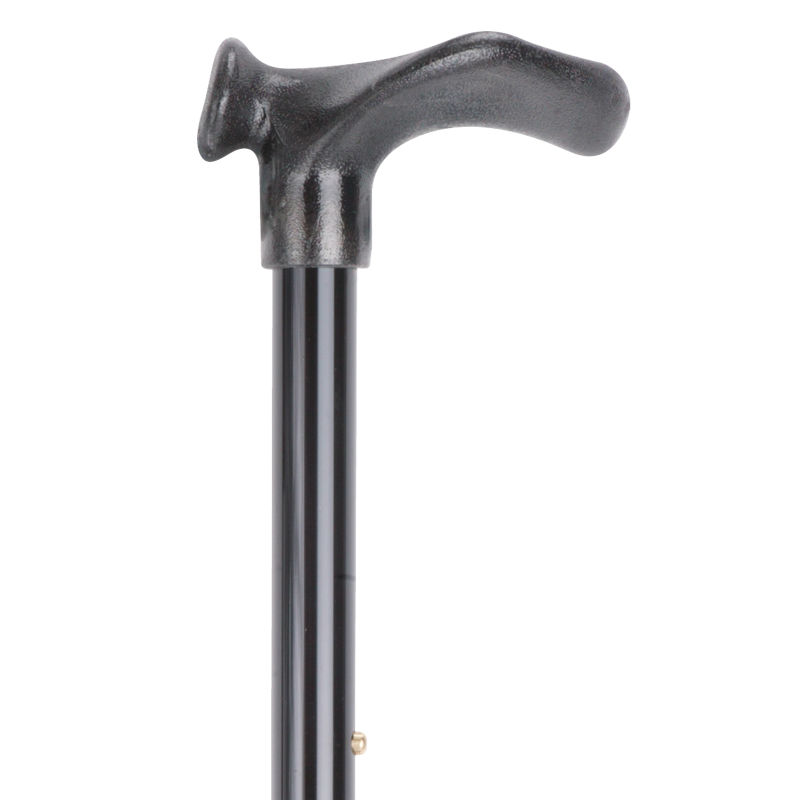Sticks, Canes, Poles & Staves: The Differences
With a plethora of walking aids on the market, we wouldn't blame anyone for feeling a little confused by the terminology. If you can't tell your sticks from your staves, or your crooks from your canes, read on for a helpful guide to the various types that are out there.
Walking Sticks
Probably the most well-known term on the list, "walking stick" can serve as a catch-all term for most types of walking aid. However, when used in a specific sense, a walking stick would generally be a product that provides a degree of orthopaedic support and is intended for everyday use as a mobility aid. However, this isn't necessarily a cut-and-dry distinction (see canes below).
The Adjustable Anatomical Black Aluminium Walking Stick is a stellar example of a functional walking stick that is designed to offer help for those with reduced mobility. Featuring adjustable height and an anatomical handle, it is comfortable and easy to use and provides effective orthopaedic support.
Key Features: Practical, functional, provides effective support
Walking Canes
"Cane", on the other hand, would tend to refer an item which is more decorative, ornate or fashionable. This need not mean that a cane provides no support, as many walking canes are capable of bearing a similar amount of weight as walking sticks can. However, an item whose main function is being a fashion accessory would be usually referred to as a cane. To complicate things further, the distinction between stick and cane tends to be reversed in the United States, with "stick" referring to the more decorative, and "cane" to the more functional items.
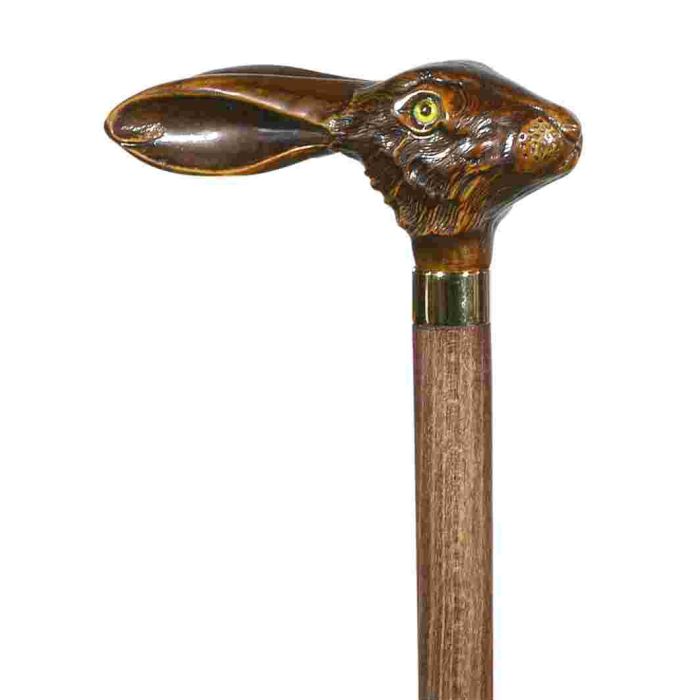 The Brown Hare Hardwood Cane features a beautifully-carved novelty handle in the shape of a hare's head. Expressive and lifelike, this cane is sure to turn heads wherever you go, and could make a wonderful gift, or even become a family heirloom. Ideal as an accessory for formal occasions, this cane should not be used for everyday support.
The Brown Hare Hardwood Cane features a beautifully-carved novelty handle in the shape of a hare's head. Expressive and lifelike, this cane is sure to turn heads wherever you go, and could make a wonderful gift, or even become a family heirloom. Ideal as an accessory for formal occasions, this cane should not be used for everyday support.
Key Features: Beautiful handle, perfect as an accessory for formal events
Staffs/Staves
"Staffs", or "staves" (either is acceptable) are items that were originally developed for use in rural environments, and they retain a rustic feel to this day. Usually tall (above 1m/40"), they would offer support and balance when hiking up mountain ranges or wading through streams and rivers.
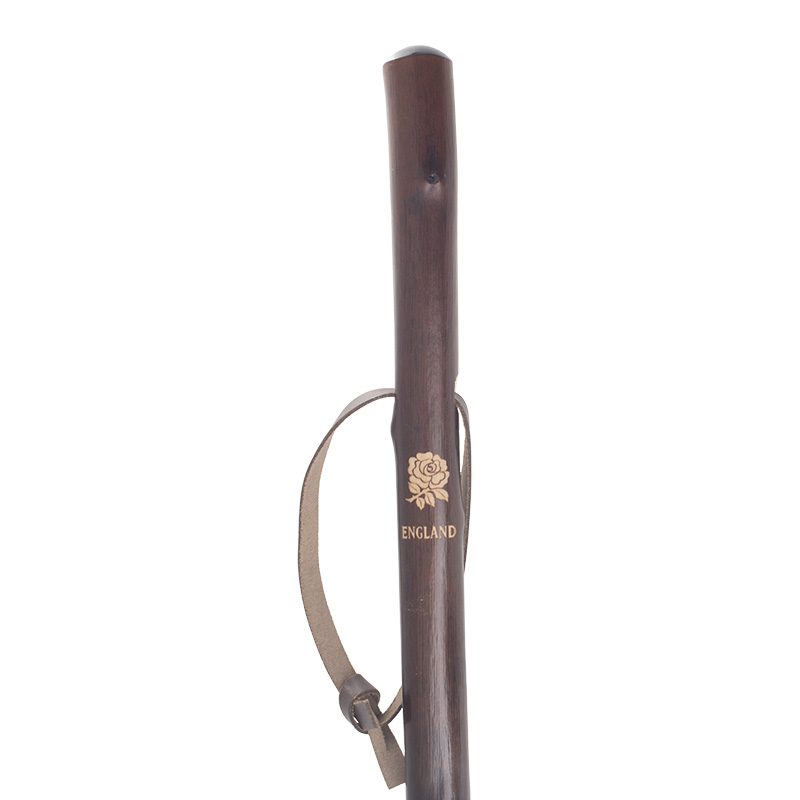 The Chestnut Hiking Staff with English Rose is a prime example of a modern walking staff, combining tradition with modern technology. Its beautiful rustic chestnut shaft is complemented by a combi ferrule for all-terrain use, and a wrist loop is included to ease carrying.
The Chestnut Hiking Staff with English Rose is a prime example of a modern walking staff, combining tradition with modern technology. Its beautiful rustic chestnut shaft is complemented by a combi ferrule for all-terrain use, and a wrist loop is included to ease carrying.
Key Features: Rustic design, tall and strong, perfect for rural environments
Crook Handles
Like staffs, crooks were developed in the countryside. Originally used by shepherds, their hooked handle was perfect for righting fallen sheep. Crook-style handles are now a popular choice for everyday walking sticks, but a true shepherd's crook has to be tall - usually over 1m.
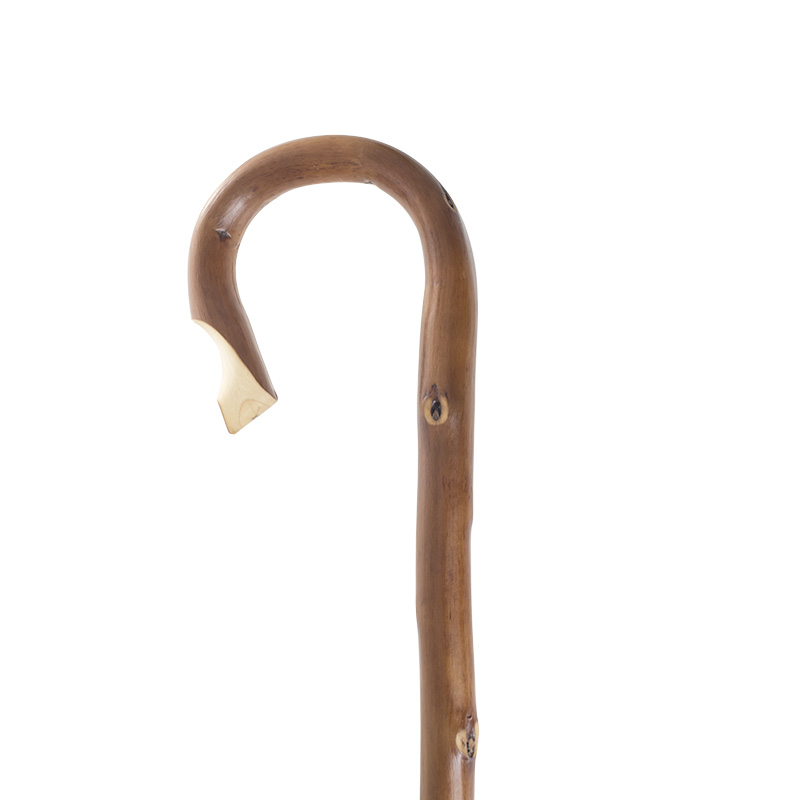 The Chestnut Long Shepherd's Crook is useful, stylish and true to the traditional crook design. Coming in at 54" tall and weighing 495g, it is by no means the compact walking aid available - but this isn't a problem in the open, expansive environments in which it is designed to be used.
The Chestnut Long Shepherd's Crook is useful, stylish and true to the traditional crook design. Coming in at 54" tall and weighing 495g, it is by no means the compact walking aid available - but this isn't a problem in the open, expansive environments in which it is designed to be used.
Key Features: Rustic design, tall and strong, perfect for rural environments
Hiking Poles
In many ways, walking or hiking poles are the modern-day cousin of staves and crooks. Developed with a similar purpose in mind – to aid mobility in rural or semi-rural environments – they are designed using the latest materials and technology. This means they can offer such features as a folding or adjustable design, something which isn't available in a staff or crook.
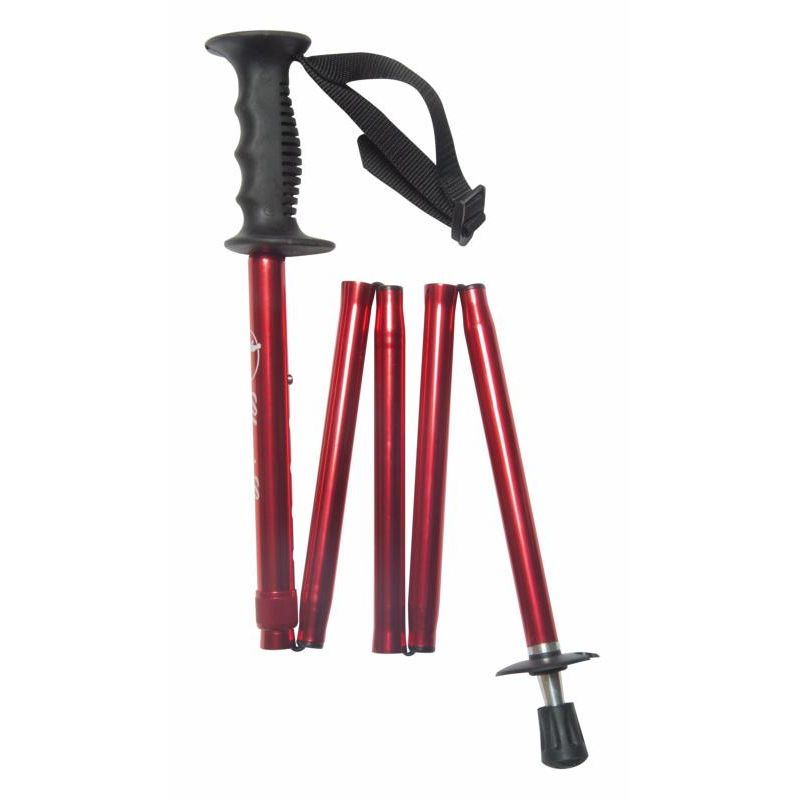 The Red Folding Hiking Pole is an extremely practical item for walkers, hikers and trekkers of all kinds. Folding and height-adjustable, it's perfect for bringing on a car or aeroplane journey for those a hike that takes place further afield.
The Red Folding Hiking Pole is an extremely practical item for walkers, hikers and trekkers of all kinds. Folding and height-adjustable, it's perfect for bringing on a car or aeroplane journey for those a hike that takes place further afield.
Key Features: Perfect for hikers, practical, sturdy design
The world of sticks is a complex one, where definitions and terminology aren't always completely clear cut, so please make sure to read our product listings carefully for the most specific and relevant information pertaining to each individual stick. If you're still confused, or would like a personal recommendation, please call our customer care team on 020 7501 0591 or email us on helpdesk@walkingsticks.co.uk

